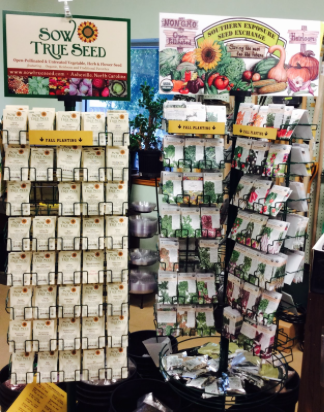 As you’re reading this, it’s probably about the middle to last week in July. This is the time when you should be starting round two of gardening, the fall garden. Fall gardening is generally not as popular as Spring gardening, but fall is, in my opinion, a better time to grow.
As you’re reading this, it’s probably about the middle to last week in July. This is the time when you should be starting round two of gardening, the fall garden. Fall gardening is generally not as popular as Spring gardening, but fall is, in my opinion, a better time to grow.
The advantages of a fall crop include:
- The cool weather of fall makes for some mighty good tasting vegetables.
- You don’t have the bugs or the plant disease problems that you have in the spring.
- It’s easier, and requires far less work.
There are quite a few vegetables you can grow in the fall, some of which you can overwinter with the right protection. In addition to vegetables, fall is a great time to plant fruit trees. During the fall and winter, deciduous trees put their energy into root growth rather than foliage production. Come spring, your trees will have a stronger root structure.
For most of the upper south, seeds for vegetables should be started anywhere from late July through mid August. Some plants like Broccoli, Kale, and Leeks can be started indoors earlier.
Are you aware that you can start a second round of peas and cucumbers in the summer for a fall crop? I recommend varieties with the shortest “days to harvest” time.
Some seeds, particularly flower seeds like Hyssop, can be sowed in the fall for a spring germination.
Here are some fall crops to consider:
- Most root crops including, Carrots, Beets, Turnips, Radishes, Celeriac, Kohlrabi, Rutabaga, etc
- Brassicas, including Kale, Broccoli, Cauliflower
- Leeks
- Cabbage
- Lettuce
And don’t forget to plant garlic in the fall for a great spring crop. For a fun event about garlic, attend Sow True Seeds annual Garlic Festival on September 26, 2015 in Asheville, NC.
When choosing seed varieties to grow in the fall, consider the “days to harvest” on the seed package and the first frost date in your area. For many crops, you want to be harvesting before the first winter frost. Using the “days to harvest,” plant your seeds or seedlings early enough to be ready by that frost date or sooner. To be safe, add 10 days to this time. If you’re getting a late start, choose varieties with shorter “days to harvest.”
For a good book on planting times and gardening information relevant to the Southeast, take a look at Ira Wallace’s “Vegetable Gardening in the Southeast,” available at Fifth Season stores.
And lastly, if you’re not planting a fall garden, plant a winter cover crop in your empty garden beds to revitalize your beds for next spring’s planting.

hand drill auger vintage engagement says
Appreciate the recommendation. Leet me try it out.